Levels of per- and polyfluoroalkyl substances (PFAS) in sources of drinking water in Taiwan are lower than those in other countries, the Ministry of Environment said in response to concerns.
“PFAS are a group of chemicals used to make fluoropolymer coatings and products that resist heat, oil, stains, grease and water,” the US Centers for Disease Control and Prevention Web site says.
“There has been concern over possible health effects from exposures to PFAS, including elevated risks of cancers of the kidney and testis,” the US National Cancer Institute Web site says.
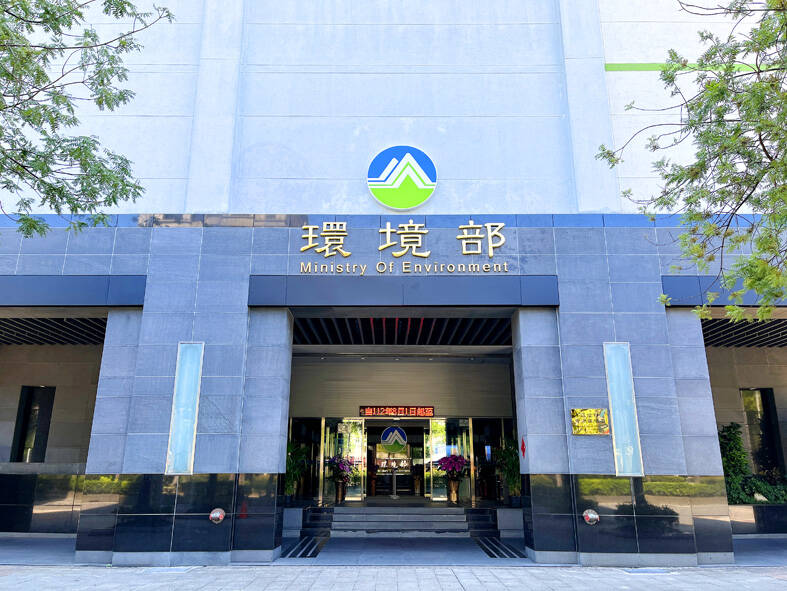
Photo: Chen Chia-yi, Taipei Times
Japanese authorities recently announced that PFAS were found in rivers and groundwater in the Kansai region, prompting the testing of residents in the area. Blood tests of residents in Settsu, a city in Osaka Prefecture, showed that 31 of 87 people had PFAS levels exceeding US safety standards, prompting plans for expanded screening.
The ministry on Sunday said that it would refer to international practices and consider defining safe PFAS levels as part of the country’s drinking water standards.
“Water purification plants in Taiwan are testing for all three of those substances, and the results are all lower than the recommended values set by various countries,” said Lo Jen-chun (羅仁鈞), who is in charge of the ministry’s drinking water protection policies.
While some countries have drinking water guidelines or recommended values for common PFAS, none have formulated mandatory regulations based on those guidelines, Lo said.
“There are many types of PFAS, and they are widely distributed in the environment, so countries have proposed different standards that target different PFAS,” he said. “Listing and managing all PFAS under drinking-water regulations would be a major undertaking.”
For example, Australia has proposed a combined guideline value for perfluorooctane sulfonate and perfluorohexane sulfonate in drinking water of less than 70 nanograms per liter, Lo said.
The US has proposed the same combined value for a health advisory for perfluorooctane sulfonate and perfluorooctanoate, he said.
Lo said the US in March proposed draft regulations for six types of PFAS in drinking water.
In the draft, the standard for perfluorooctane sulfonate and perfluorooctanoate was set at four parts per trillion, which is “very stringent” compared with the current recommended value, he said.
“Although the draft is still in the discussion stage, it has attracted great attention from the EU, as well as Australia and other countries,” he said.
If that draft is adopted, the ministry would refer to it and might follow up with a similar proposal for Taiwan, he said.
Yen Tsung-hai (顏宗海), head of the department of clinical toxicology at Linkou Chang Gung Memorial Hospital, said that PFAS do not easily decompose in the environment.
There is no clinical way of reducing PFAS that have accumulated in the human body, he said, adding that the US Centers for Disease Control reported in its most recent National Health and Nutrition Examination Survey that 98 percent of Americans contain some level of PFAS in their blood.
“Medical research shows that long-term exposure to PFAS can lead to increased blood lipid concentrations, abnormal liver function, and an increased risk of kidney cancer and testicular cancer,” he said. “The exposure of pregnant women to PFAS can also affect fetal development.”
To avoid PFAS people should try not to use grease-proof paper takeout bags, use nonstick pans at a low heat and not scratch the surface of nonstick pans, Yen said.
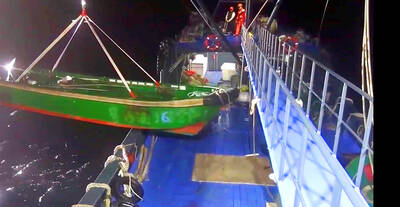
Taiwan yesterday condemned the recent increase in Chinese coast guard-escorted fishing vessels operating illegally in waters around the Pratas Islands (Dongsha Islands, 東沙群島) in the South China Sea. Unusually large groupings of Chinese fishing vessels began to appear around the islands on Feb. 15, when at least six motherships and 29 smaller boats were sighted, the Coast Guard Administration (CGA) said in a news release. While CGA vessels were dispatched to expel the Chinese boats, Chinese coast guard ships trespassed into Taiwan’s restricted waters and unsuccessfully attempted to interfere, the CGA said. Due to the provocation, the CGA initiated an operation to increase
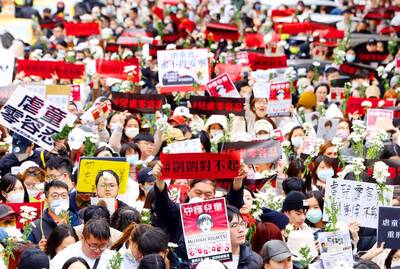
A crowd of over 200 people gathered outside the Taipei District Court as two sisters indicted for abusing a 1-year-old boy to death attended a preliminary hearing in the case yesterday afternoon. The crowd held up signs and chanted slogans calling for aggravated penalties in child abuse cases and asking for no bail and “capital punishment.” They also held white flowers in memory of the boy, nicknamed Kai Kai (剴剴), who was allegedly tortured to death by the sisters in December 2023. The boy died four months after being placed in full-time foster care with the
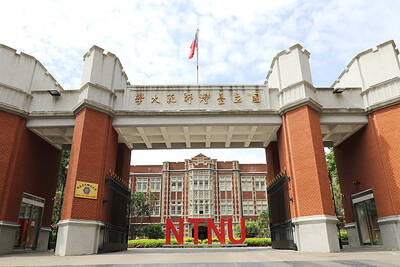
CHANGING LANDSCAPE: Many of the part-time programs for educators were no longer needed, as many teachers obtain a graduate degree before joining the workforce, experts said Taiwanese universities this year canceled 86 programs, Ministry of Education data showed, with educators attributing the closures to the nation’s low birthrate as well as shifting trends. Fifty-three of the shuttered programs were part-time postgraduate degree programs, about 62 percent of the total, the most in the past five years, the data showed. National Taiwan Normal University (NTNU) discontinued the most part-time master’s programs, at 16: chemistry, life science, earth science, physics, fine arts, music, special education, health promotion and health education, educational psychology and counseling, education, design, Chinese as a second language, library and information sciences, mechatronics engineering, history, physical education
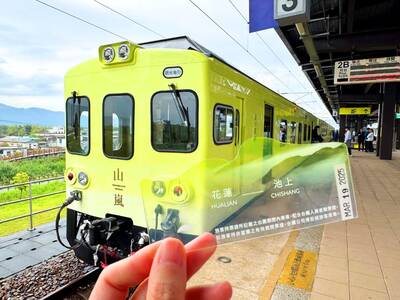
The Shanlan Express (山嵐號), or “Mountain Mist Express,” is scheduled to launch on April 19 as part of the centennial celebration of the inauguration of the Taitung Line. The tourism express train was renovated from the Taiwan Railway Corp’s EMU500 commuter trains. It has four carriages and a seating capacity of 60 passengers. Lion Travel is arranging railway tours for the express service. Several news outlets were invited to experience the pilot tour on the new express train service, which is to operate between Hualien Railway Station and Chihshang (池上) Railway Station in Taitung County. It would also be the first tourism service